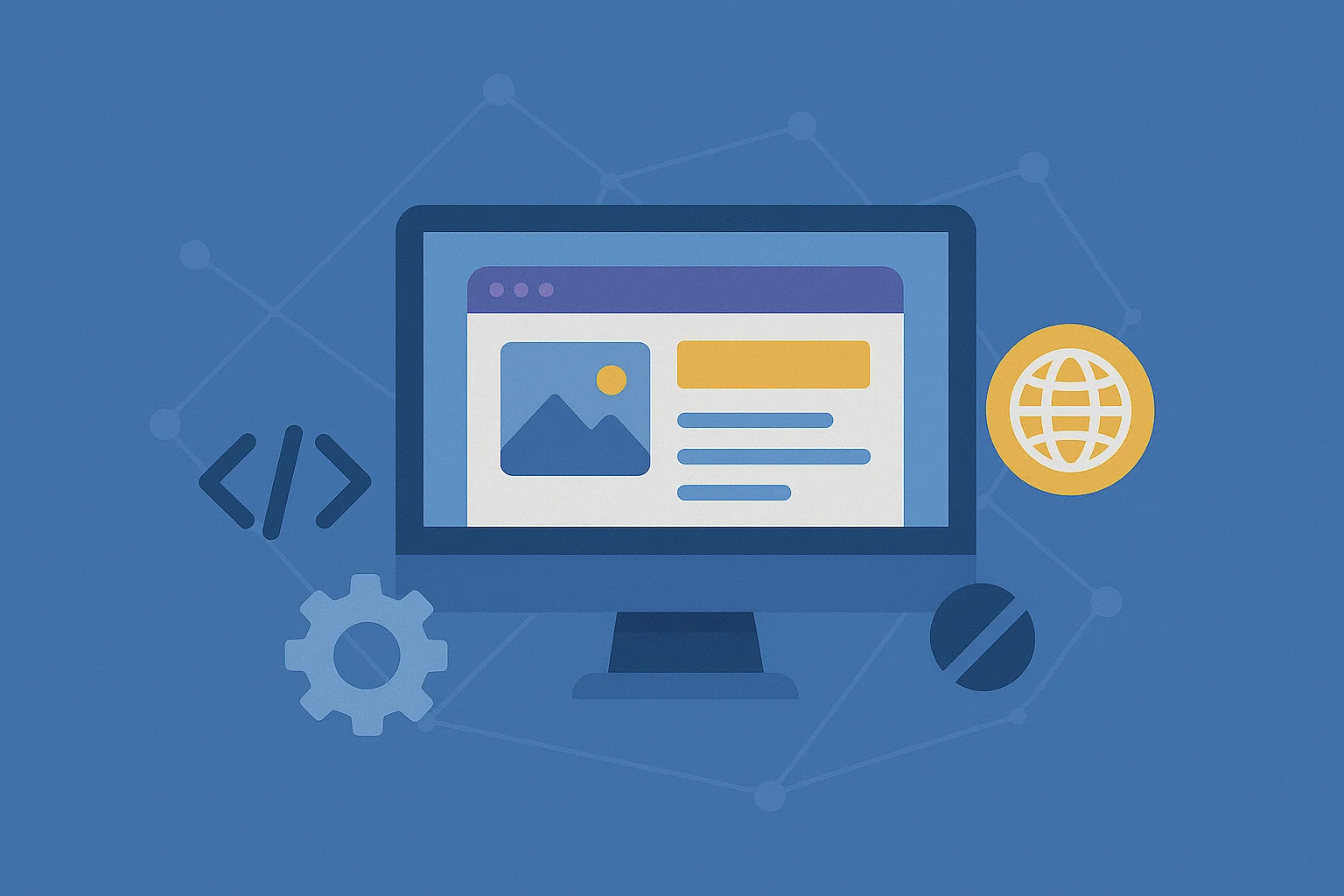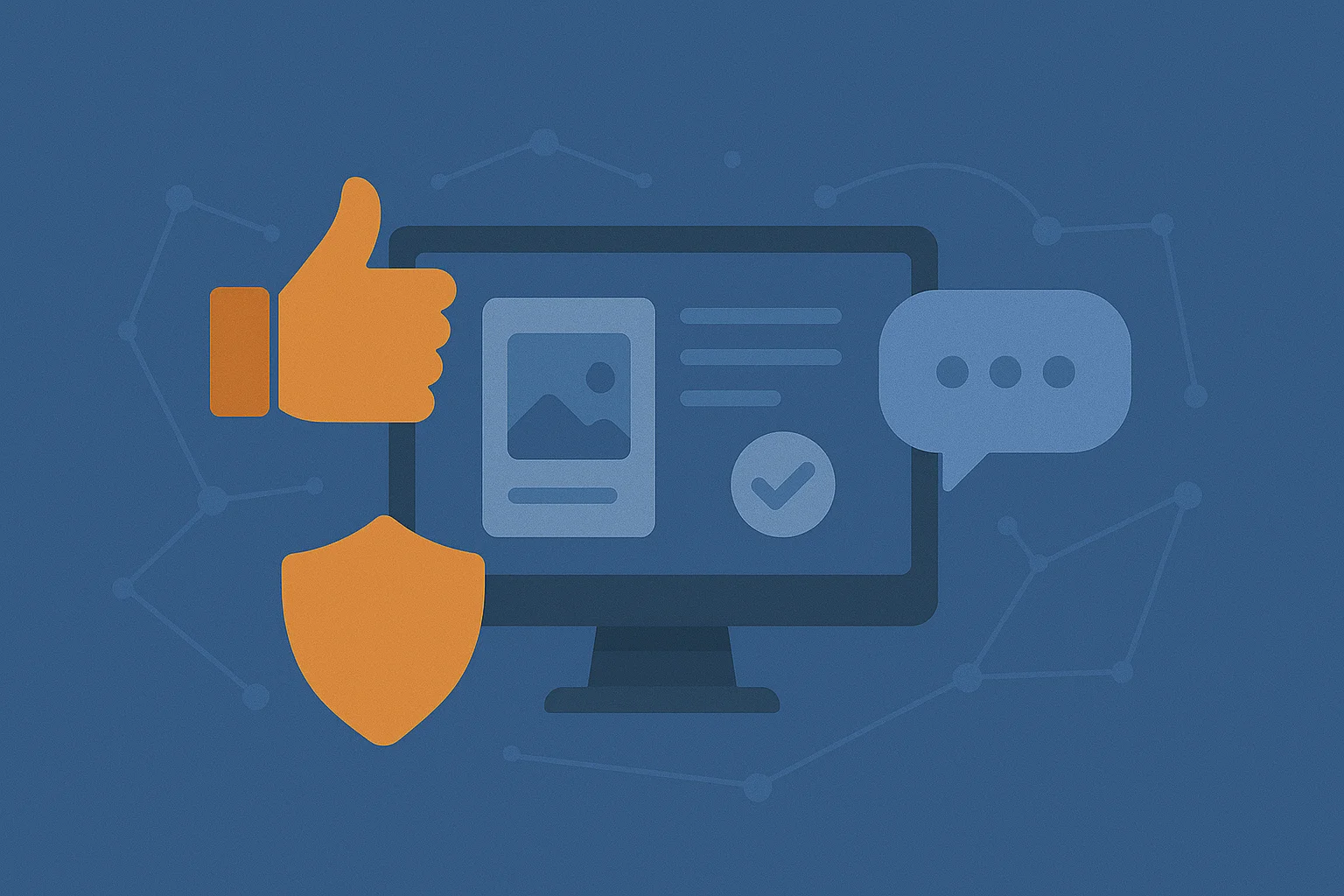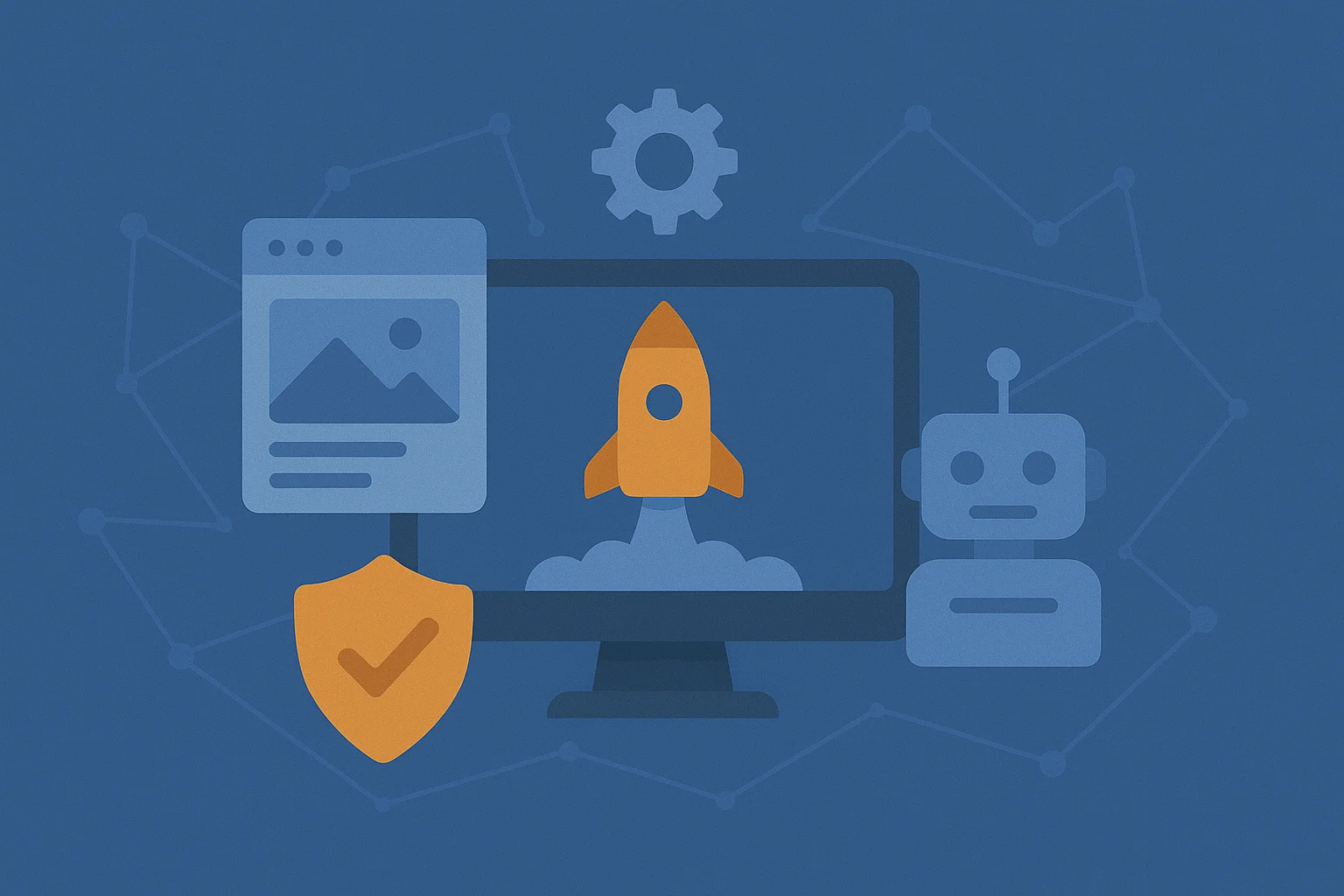
Introduction
In today’s digital landscape, launching a successful website requires a well-structured approach that transforms an initial concept into a fully functional online presence. Understanding the key development stages is crucial for anyone looking to create a website that not only meets their goals but also resonates with their target audience. This blog post will guide you through the essential phases of website development, offering expert insights and practical advice to ensure a smooth transition from idea to launch.
Stage 1: Ideation and Planning
Defining Your Goals
The first step in the website development process is to clearly define your goals. What do you want to achieve with your website? Whether it’s generating leads, selling products, or providing information, having a clear objective will guide your decisions throughout the development process.
Researching Your Audience
Understanding your target audience is vital. Conduct market research to identify their needs, preferences, and behaviors. This information will help you tailor your website’s design and content to better serve your users.
Stage 2: Design and Prototyping
Creating Wireframes
Wireframes are essential for visualizing the layout and structure of your website. They serve as a blueprint, allowing you to map out the user experience and ensure that all necessary elements are included before moving on to the design phase.
Designing the User Interface
Once wireframes are approved, you can start designing the user interface (UI). Focus on creating an aesthetically pleasing design that aligns with your brand identity. Consider color schemes, typography, and imagery that will engage your audience.
Stage 3: Development
Front-End and Back-End Development
During this stage, developers will begin coding the website. Front-end development focuses on the visual aspects that users interact with, while back-end development involves server-side programming that powers the website’s functionality. Collaboration between front-end and back-end developers is crucial for a seamless user experience.
Content Management System (CMS) Integration
Choosing the right CMS is essential for managing your website’s content efficiently. Popular options like WordPress, Joomla, or custom solutions can provide the flexibility you need to update and maintain your site easily.
Stage 4: Testing and Quality Assurance
Conducting Usability Testing
Before launching, it’s important to conduct thorough usability testing. Gather feedback from real users to identify any issues or areas for improvement. This step ensures that your website is user-friendly and meets the expectations of your audience.
Performance and Security Checks
Testing should also include performance checks to ensure fast loading times and security assessments to protect user data. Addressing these aspects will enhance user trust and satisfaction.
Stage 5: Launch and Post-Launch Activities
Preparing for Launch
As you approach the launch date, create a checklist to ensure everything is in place. This includes finalizing content, optimizing for SEO, and setting up analytics tools to track performance.
Post-Launch Monitoring and Maintenance
After launching your website, continuous monitoring is essential. Analyze user behavior, fix any bugs, and regularly update content to keep your site relevant and engaging.
Conclusion
Transitioning from concept to website launch involves multiple stages, each requiring careful planning and execution. By following these key development stages, you can create a website that not only meets your objectives but also provides a valuable experience for your users. For those looking to streamline this process, partnering with a professional web agency like Pecan Studio can offer the expertise and support needed to bring your vision to life.
Explore our full range of services by visiting the Pecan Studio Web Agency services page and see how we can help bring your ideas to life.


